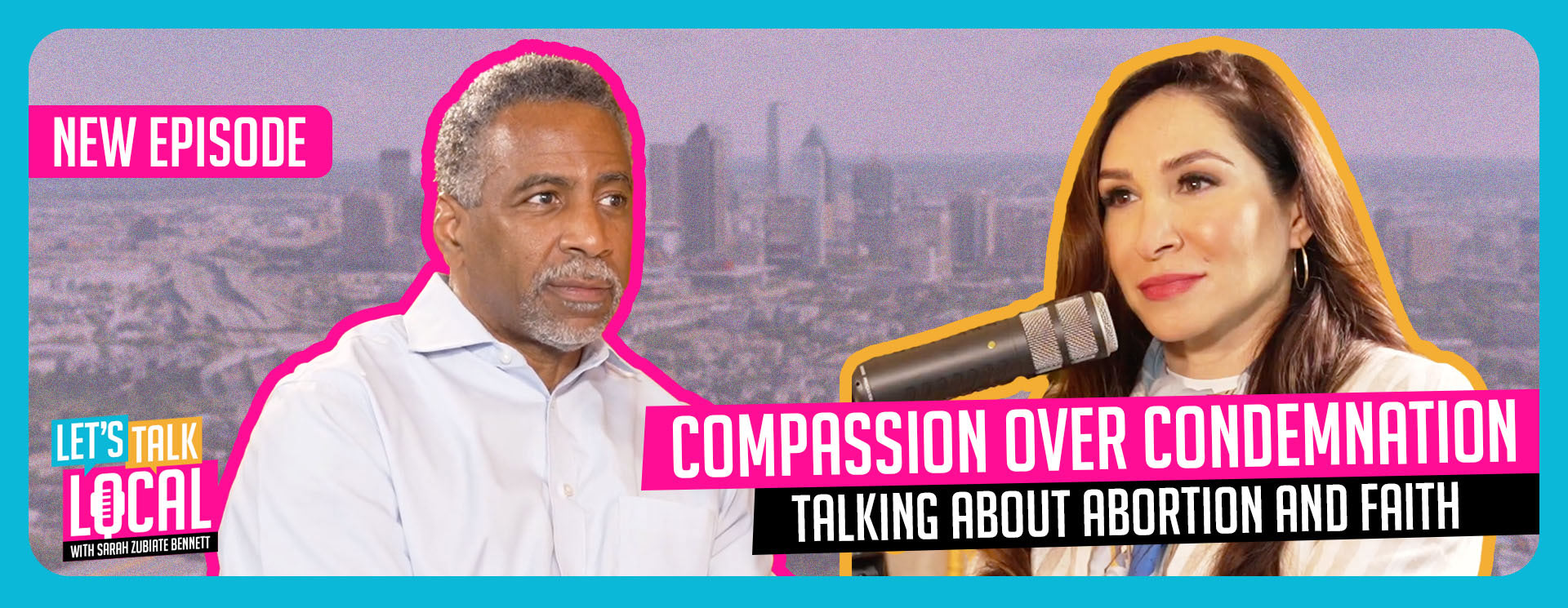An 80-page report authored by the Texas House Committee investigating the May 24 school shooting in Uvalde found fault with the law enforcement agencies that responded to the scene, citing “systemic failures and egregious poor decision making.” The report accused the officers of taking an overall lackadaisical approach to the massacre at Robb Elementary that claimed the lives of 19 students and two teachers.
Commenting on the sum total of its findings, the special legislative committee’s report stated, “Other than the attacker, the Committee did not find any ‘villains’ in the course of its investigation. There is no one to who we can attribute malice or ill motives.”
Instead, the report highlights multiple failures of responsibility on many fronts, including various law enforcement agencies and the school itself.
In June, Texas Governor Greg Abbott requested that the Texas House convene a special committee to investigate the shooting in its immediate aftermath. Even then, the information had begun emerging that law enforcement officers responding to the shooting had been reluctant to go inside the classroom and confront the gunman, which allowed him to continue his rampage.
During its investigation, the House committee interviewed a total of 39 people, including at least 20 law enforcement officials.
In the initial wake of the shooting, much of the blame was laid at the feet of Uvalde school police chief Pete Arredondo for the delay in confronting the gunman. According to the report, however, things appear to run much deeper than that.
One of the problems that the report highlighted was the lack of clear leadership in carrying out the response. In total, 376 law enforcement officers responded to the shooting. However, of these, 25 were members of the Uvalde Police Department, 16 were sheriff’s deputies from a variety of neighboring counties, 91 were Texas state troopers, 149 were Border Patrol officers, 13 were U.S. Marshalls, and eight others were officers working with the DEA.
Only five of the responding officers belonged to the local school’s police force. Arredondo stated that with so many different overlapping agencies — including federal agencies — comprising the overall response team, he did not feel he was truly in command of the operation.
Despite this, some, like Texas State Representative Dustin Burrows, insist that Arredondo bears a significant share of the responsibility for the poor response. If “anyone was in charge at least south of the door, it was him,” Burrows said. In the school district’s active shooter response plan, which Arredondo wrote, he assigned himself the role of incident commander.
Uvalde Mayor Don McLaughlin has also placed Lieutenant Mariano Pargas, Uvalde’s acting chief of police at the time of the shooting, on administrative leave.
Moreover, the report also points out that many of the federal officers on the scene were much better trained than the local school’s police department and were thus in a better position to respond to the shooting. However, they did not do so. As CCTV footage released from Uvalde last week showed, 77 minutes elapsed between the time that the gunman had arrived and the time when police confronted him.
The report further says that officers spent as much as 40 minutes merely looking for a master key to the school’s classrooms, though it’s unknown whether the door to the classroom with the gunman inside was even locked.
Overall, the report declares that police “failed to adhere to their active shooter training, and they failed to prioritize saving the lives of innocent victims over their own safety” and that it’s “plausible some of the victims could have survived if they had not had to wait 73 additional minutes for rescue.”


